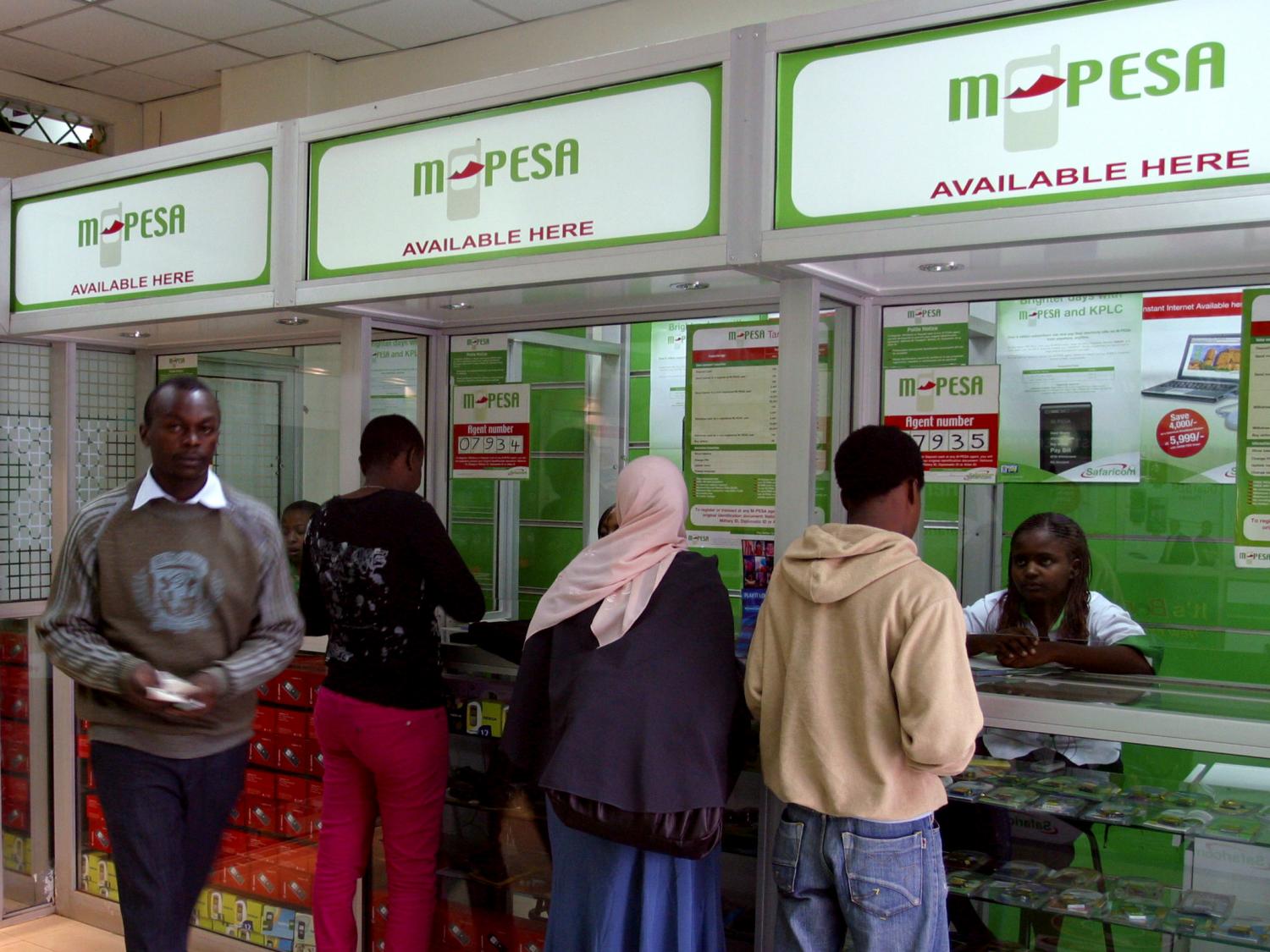In much of the developing world, mobile phones far outnumber bank accounts. This imbalance has led to the growth of an increasingly complex “mobile money” ecosystem allowing funds to be transferred among mobile phone users.
Mobile money services, which were essentially non-existent at the turn of the century, are now available in over 70 countries, and are used to move billions of dollars every month.[i] In many countries, the number of outlets—storefronts where customers can open accounts and deposit or retrieve funds associated with transactions conducted on their mobile phones—exceeds the number of bank branches.[ii] For the unbanked, who lack access to traditional bank accounts but who nonetheless have high rates of mobile phone ownership, mobile money is playing a critical role in financial inclusion by providing access to stored value accounts and a growing set of financial services.
But there are broader implications as well. The growth of mobile money has closed the loop in a positive feedback cycle that increases the incentives for the unbanked to use mobile phones, which in turn increases the market for companies delivering phone-based financial services. As mobile phones become more capable and less expensive, mobile money will drive digital inclusion in developing countries in ways that go far beyond the set of currently available transaction-focused services.
Today, smartphone penetration rates are high in the wealthiest nations but still low among the unbanked, who typically use less expensive “feature phones”[iii] with more limited functionality. We already know what the developed world looks like when smartphones are everywhere. But the far more interesting question may be what the developing world will look like when cost declines bring entry-level smartphones within financial reach of nearly everyone. This paper proposes some answers to that question and identifies some ways to maximize financial and digital inclusion using mobile technologies.
[i] See Pénicaud, Claire, State of the Industry – Results from the 2012 Global Mobile Money Adoption Survey [PowerPoint presentation], GSMA (Feb. 2013), available at http://www.gsma.com/mobilefordevelopment/wp-content/uploads/2013/03/MMU_Results-from-the-2012-Global-Mobile-Money-Adoption-Survey.pdf.
[ii] See Pénicaud, Claire, State of the Industry – Results from the 2012 Global Mobile Money Adoption Survey [White paper], GSMA (2013), available at http://www.gsma.com/mobilefordevelopment/wp-content/uploads/2013/02/MMU_State_of_industry.pdf (noting at pg. 1 that as of June 2012 there were “more mobile money agent outlets than bank branches in at least 28 countries”).
[iii] “Feature phone” here is used to refer to all mobile phones that are not smartphones. (The definition of smartphone is addressed infra, in note 42.) Sometimes, though not in this paper, “feature phones” are distinguished from even less expensive “basic” or “budget” mobile phones.



